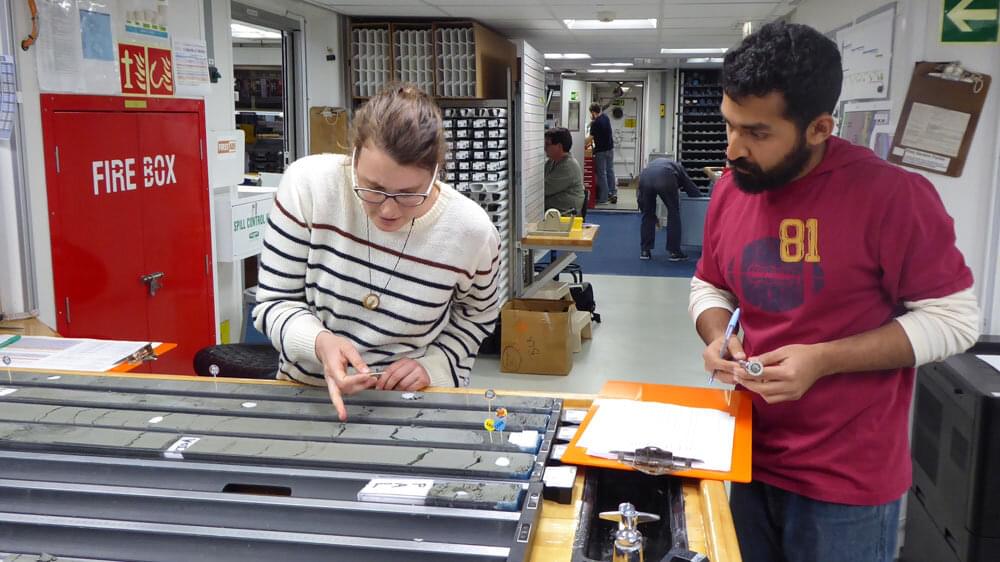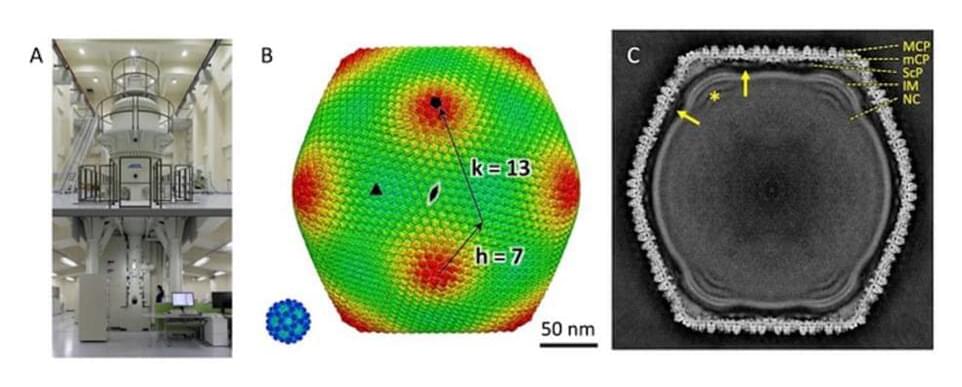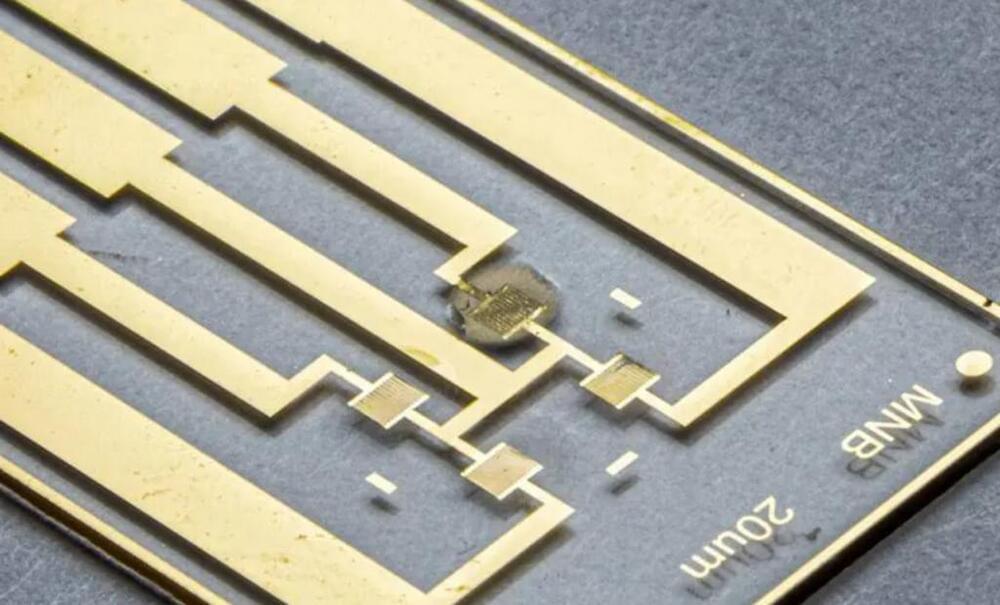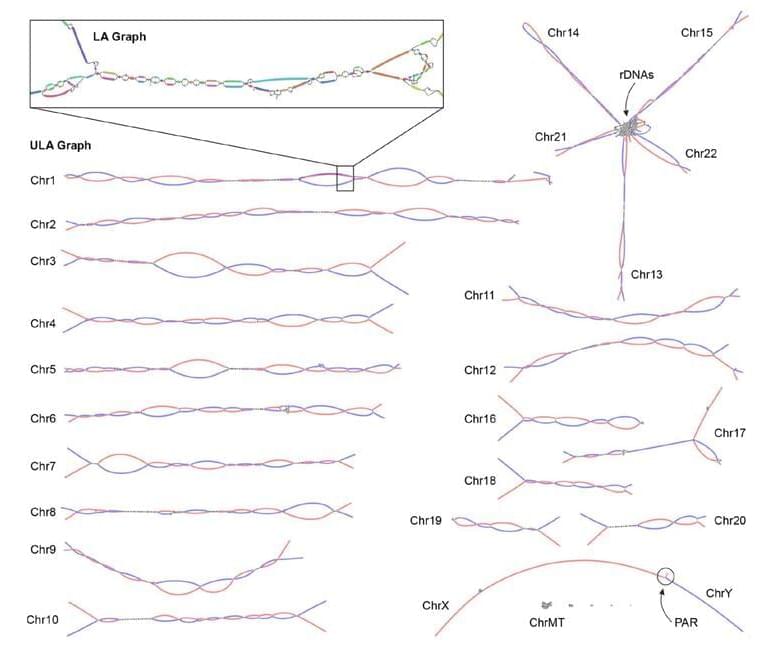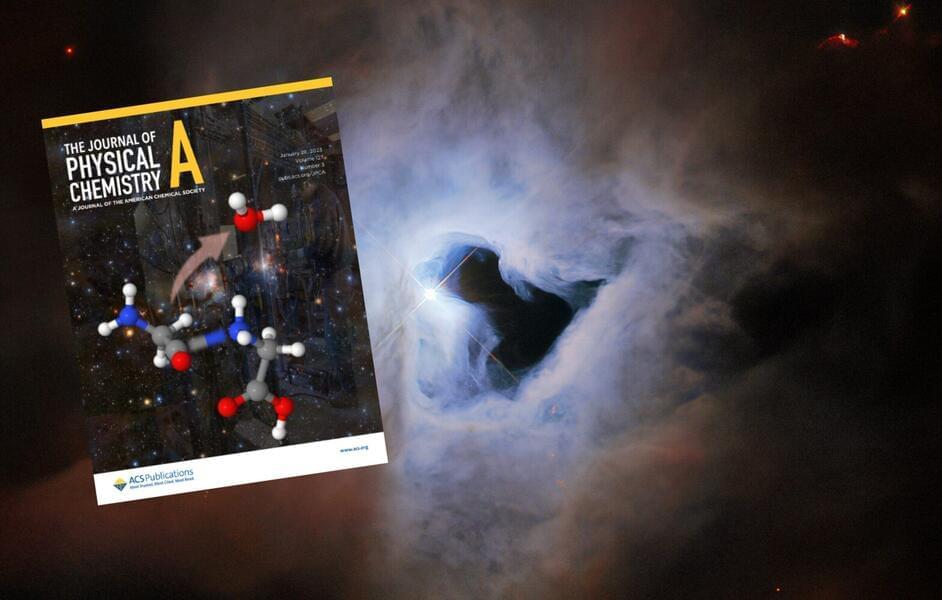
The COgITOR project is aimed at formulating a new concept of artificial cybernetic system, taking its name from Descartes’s maxim “Cogito, ergo sum” and drawing inspiration from the new frontier of robotics that aims to reduce, if not completely cancel, system rigidity.
The goal of COgITOR, in fact, is to create a liquid cybernetic system inspired by the cellular world and suited to the exploration of extreme environments or other planets. It will be spherical in shape, covered by a sensitive skin, similar to a touch screen, allowing interaction with the environment, and will be fitted with a power generation system based on thermal gradients.
COgITOR is a project funded by the European Union as part of the Horizon2020 research programme, with a budget of approximately 3.5 million euros for the next 4 years. The project has been conceived – and is coordinated – by Alessandro Chiolerio, a researcher from the IIT-Istituto Italiano di Tecnologia (Italian Institute of Technology), who has had experience working at the Max Planck Institute for Microstructure Physics in Germany and at the NASA Jet Propulsion Laboratory in the United States. The consortium includes Prof. Andrew Adamatzky (University of Bristol), Dr. Artur Braun (EMPA, Dübendorf), Dr. Carsten Jost (Plasmachem GmbH, Berlin) and Dr. Chiara Zocchi (Ciaotech Srl, Milano).

